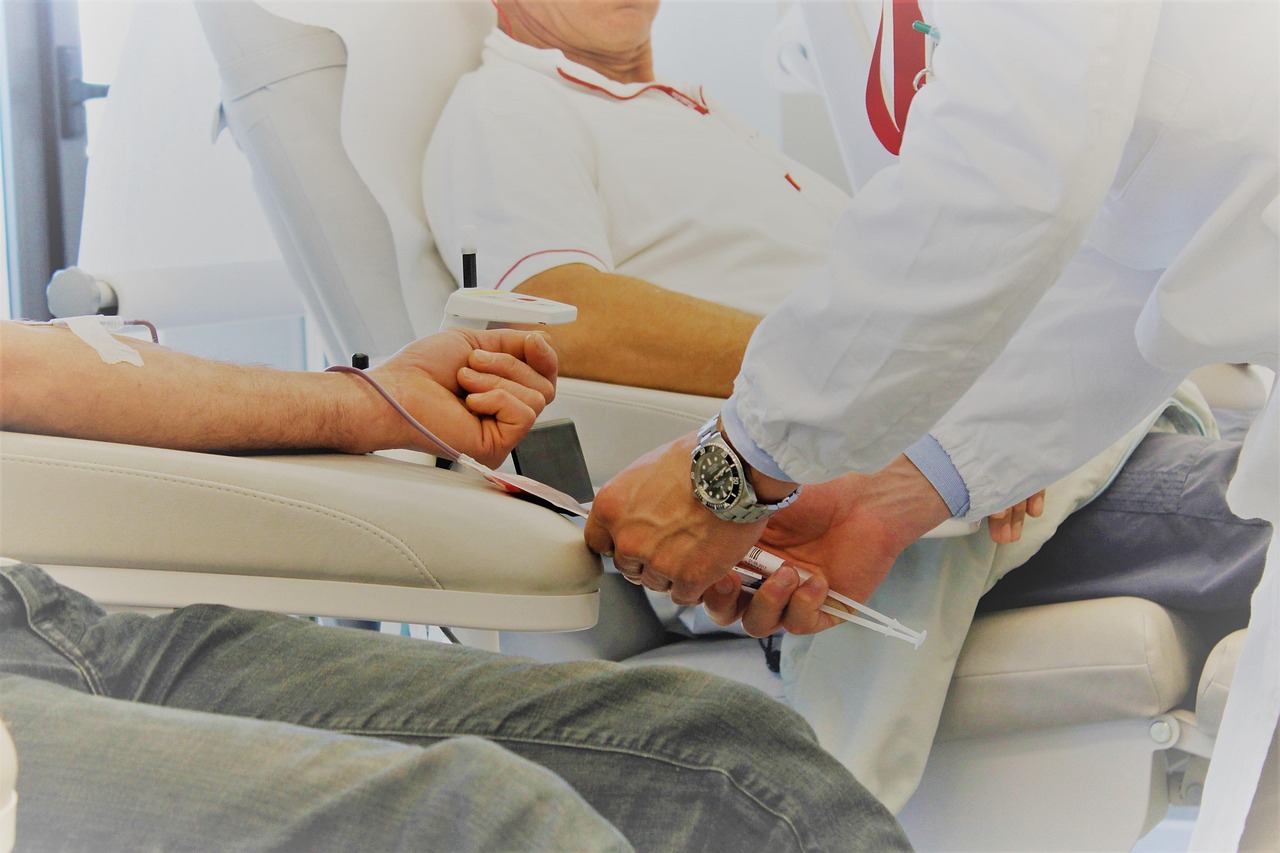Az egészségügyi statisztikák szerint az elmúlt időszakban jelentősen emelkedett a szifiliszes és hepatitiszes esetek száma, miközben a HIV/AIDS-szűrésen a veszélyeztetettek többsége továbbra sem jelenik meg. A szakemberek szerint ez komoly közegészségügyi kockázat, hiszen mindhárom fertőzés gyakran hosszú ideig tünetmentes, ez idő alatt azonban továbbadható – sokszor úgy, hogy az érintett nem is tud róla.
Miért nőnek a fertőzésszámok?
Az okok összetettek:
- lazább védekezési szokások, főként alkalmi kapcsolatoknál
- alacsony szűrési hajlandóság
- a betegségekre vonatkozó tévhitek
- a tünetmentes időszak félrevezető biztonságérzete
- késői orvoshoz fordulás
A szakemberek hangsúlyozzák: a rendszeres szűrés ugyanolyan fontos, mint maga a védekezés, mert sok fertőzés csak így mutatható ki időben.
Mi a szifilisz, és miért veszélyes?
A szifilisz egy bakteriális nemi betegség, amely:
- kezdetben apró, fájdalmatlan fekéllyel indul
- később testszerte kiütéseket okozhat
- kezeletlenül súlyos szív-, idegrendszeri és agyi szövődményekhez vezethet
- éveken át lappanghat
A jó hír: gyógyszerrel jól kezelhető, ha időben felismerik. A probléma az, hogy sokan nem mennek orvoshoz, mert nincsenek tüneteik.
Mi a helyzet a hepatitis fertőzésekkel?
A hepatitis többféle vírus által okozott májgyulladás, amely:
- szexuális úton, vérrel, tűvel is terjedhet
- fáradtságot, hányingert, hasi fájdalmat okozhat
- krónikus formában súlyos májkárosodáshoz, májzsugorhoz vagy májrákhoz vezethet
A hepatitis B ellen van védőoltás, a hepatitis C pedig ma már gyógyítható, de ehhez elengedhetetlen a korai diagnózis.
Miért nem mennek el az emberek AIDS-szűrésre?
A HIV továbbra is jelen van – de:
- sokan félnek a stigmától
- sokan úgy gondolják, „rájuk ez nem vonatkozik”
- sokan csak tünetek esetén fordulnának orvoshoz
- sokan nem tudják, hogy a szűrés ingyenes, anonim és gyors
A HIV ma már gyógyszerekkel kordában tartható, és időben felismerve az érintettek teljes életet élhetnek. A gond az, hogy a későn felfedezett fertőzés sokkal nehezebben kezelhető.
Hogyan lehet megelőzni a fertőzéseket? – A legfontosabb lépések
– Óvszer használata
A nemi úton terjedő betegségek döntő többségét hatékonyan csökkenti.
– Rendszeres szűrések
Főként akkor, ha valakinek több partnere van, vagy új kapcsolatba kezd.
– Hepatitis B elleni oltás
Magyarországon elérhető és hatékony.
– Kerülni a közös tűt, eszközt
Kiemelten fontos intravénás droghasználók körében, tetoválásnál és piercingnél csak megbízható helyet szabad választani.
– Nyílt kommunikáció a partnerrel
A szexuális egészség része, hogy nyíltan lehet beszélni védekezésről, szűrésekről.
Összegzés
A szifilisz, a hepatitis és a HIV továbbra is létező kockázat, és a fertőzésszámok emelkedése figyelmeztetés: a megelőzés és a szűrés nem luxus, hanem alapvető egészségügyi lépés. A korai felismerés életeket menthet, a rendszeres szűrés pedig nemcsak saját magunkat, hanem partnereinket is védi.
„Mélységes hálával és tisztelettel köszönjük mindazok odaadó munkáját – az orvosokét, gyógyszerészekét, ápolókét és valamennyi egészségügyi dolgozóét –, akik szakértelmükkel, emberségükkel és kitartásukkal nap mint nap vigyázzák egészségünket, óvják életünket és biztosítják a gyógyítás méltóságát” – Hirmagazin.eu

